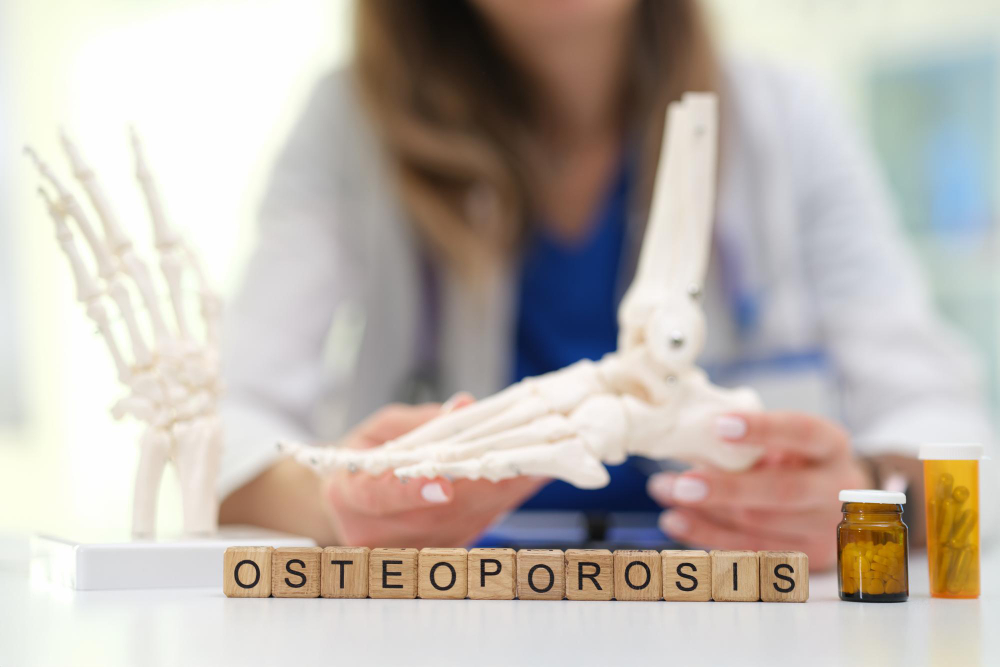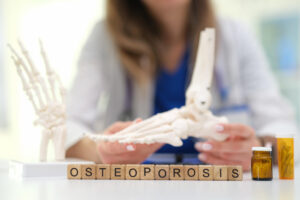What Is Osteoporosis?
Osteoporosis is a condition that makes bones weak and brittle. Because of this, bones can break more easily. Many people do not know they have osteoporosis until they break a bone. In fact, this disease is common, especially in older adults. According to the World Health Organization (WHO), millions of people worldwide are affected by osteoporosis. Early care and bone health tips can help manage and prevent this condition.
Common Symptoms and Warning Signs
Often, osteoporosis does not cause symptoms at first. However, as bones get weaker, some signs may appear. For example, you might notice:
Still, many people have no symptoms until a bone breaks. Therefore, regular check-ups are important, especially if you have risk factors.
Main Causes and Risk Factors
Osteoporosis happens when the body loses too much bone, makes too little bone, or both. As a result, bones become weak. Several factors can raise your risk:
Because these risk factors add up, it is wise to talk with your doctor about your bone health.
How Osteoporosis Is Diagnosed
Doctors use several ways to check for osteoporosis. Most often, they use a special scan called a bone density test. This test is safe and painless. It measures how strong your bones are. In addition, your doctor may ask about your medical history and do a physical exam. Blood tests can also help rule out other problems. Early diagnosis is key, so ask your doctor if you need a bone check, especially if you have risk factors.
Treatment Options for Osteoporosis
Treating osteoporosis can help prevent broken bones and improve your quality of life. Treatment usually includes:
Because everyone is different, your doctor will create a plan that fits your needs.
Prevention Tips and Healthy Habits
Preventing osteoporosis naturally is possible with healthy habits. Here are some bone health tips:
By following these steps, you can help keep your bones strong for life.
When to See a Doctor
If you notice back pain, loss of height, or break a bone easily, see a doctor without delay. If you have risk factors for osteoporosis, it’s wise to ask about a bone density test. Early action can make a big difference in maintaining bone strength and preventing fractures.
For expert guidance and personalized osteoporosis care, consult a healthcare specialist at NHS Hospitals. Their specialists can help you find the best ways to protect your bones and improve bone health.
Contact NHS Hospitals today for comprehensive osteoporosis screening and management.


